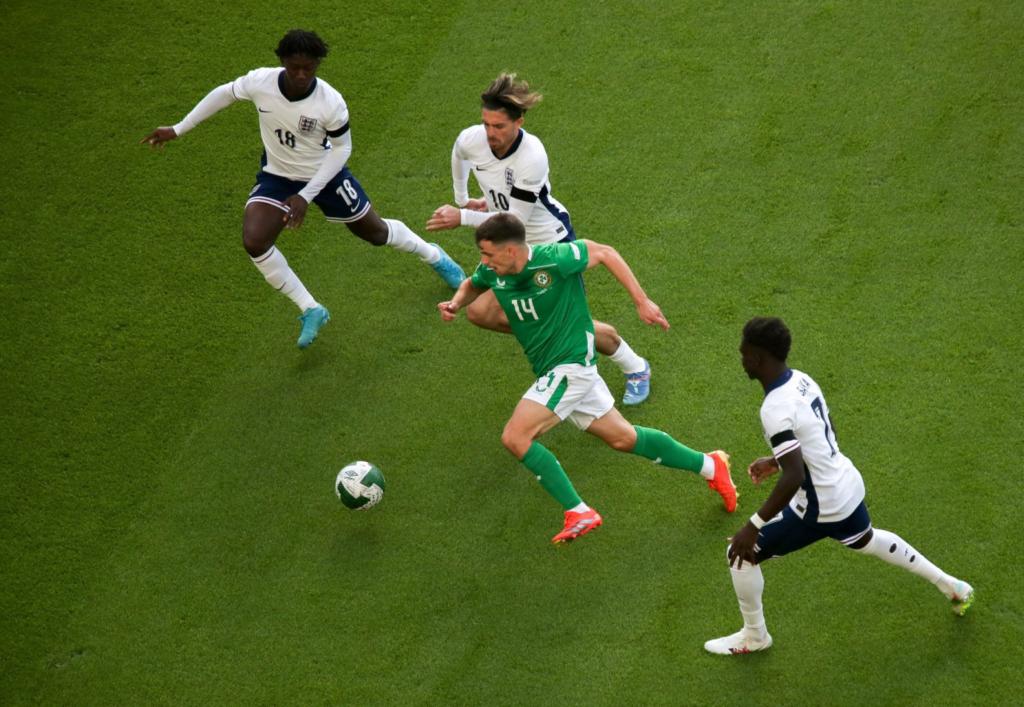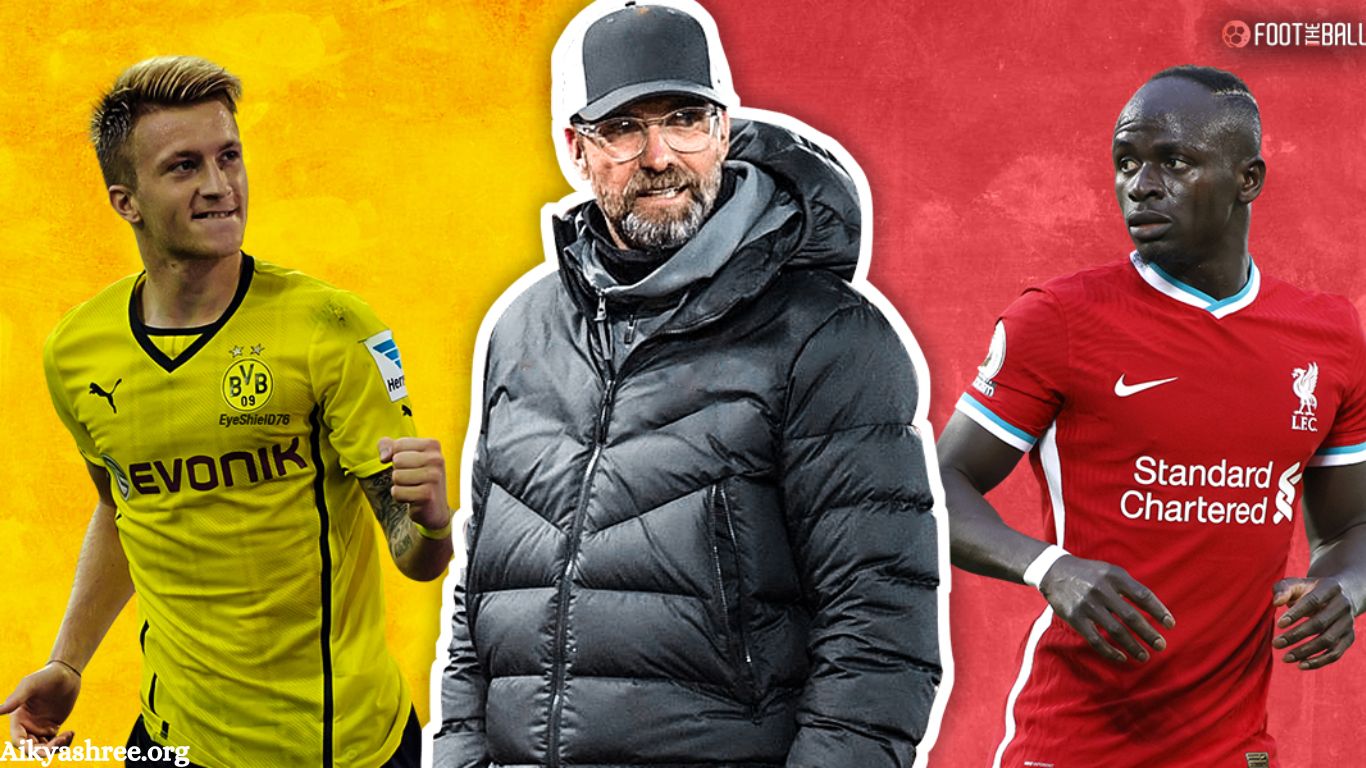Gegenpressing stands among football’s most influential tactical revolutions. Popularized by Jürgen Klopp, this high-intensity pressing strategy has reshaped modern football, impacting teams across Europe. Klopp’s success with Borussia Dortmund and Liverpool cemented Gegenpressing as a core tactic. Xoilac TV has covered many matches showcasing its effectiveness in Klopp’s teams.
The Concept of Gegenpressing
Gegenpressing, or “counter-pressing,” applies immediate pressure after losing possession. Rather than falling back, players aggressively press to regain control while opponents are most vulnerable and unorganized.
Klopp’s energetic coaching style perfectly complements this high-intensity tactic. Unlike structured, position-based pressing, Gegenpressing thrives on coordination, urgency, and relentless ball recovery.
Klopp’s Journey with Gegenpressing
Read More: The Ascendancy and Decline of Football’s Elite Clubs
Borussia Dortmund (2008-2015)
Klopp’s Gegenpressing revolutionized Borussia Dortmund, transforming a struggling club into a European powerhouse. His high-pressing, fast-transition style secured back-to-back Bundesliga titles (2010-11, 2011-12).
Dortmund’s relentless pressure forced errors, creating quick goal-scoring chances. Stars like Lewandowski, Reus, and Götze thrived under Klopp’s system, making the team one of Europe’s most exciting. Their pressing game powered them to the 2013 Champions League final, cementing Klopp’s tactical impact.

Liverpool (2015-Present)
Taking over a struggling Liverpool in 2015, Klopp instilled his signature pressing system, reshaping the team into a global force. Key signings like Salah, Mané, and Firmino formed a relentless front three, while Henderson, Fabinho, and Thiago drove the midfield press.
Liverpool’s Gegenpressing dominance led to Champions League glory in 2019 and their first Premier League title in 30 years (2020), proving Klopp’s tactical brilliance.
The Science Behind Gegenpressing
Gegenpressing goes beyond sheer effort; it demands precise planning, coordination, and positioning. Key elements include:
- Triggering the Press – Klopp’s teams press at strategic moments, like after a misplaced pass or when an opponent is off balance.
- Compactness – Tight spacing limits passing options, forcing errors.
- Positional Awareness – Every player understands their role to prevent exploitable gaps.
- Fitness & Stamina – Maintaining high intensity requires peak physical conditioning.
Gegenpressing’s Impact on Modern Football
Klopp’s Gegenpressing has shaped modern tactics, influencing coaches like Guardiola, Tuchel, and Nagelsmann. Even teams that don’t fully adopt it integrate counter-pressing elements.
Guardiola’s Manchester City uses a controlled press, while RB Leipzig and Bayern Munich apply their own variations. This evolution has made football faster, more aggressive, and increasingly unpredictable.
The Future of Gegenpressing
Despite its success, Gegenpressing presents challenges. The high physical demands increase fatigue and injury risks over long seasons. Opponents counter it with precise buildup play or long balls to bypass the press.
Yet, Klopp and other innovators continually refine the system. Advances in sports science, tactics, and player development keep Gegenpressing a dominant force in modern football.

Frequently Asked Questions
What is Gegenpressing?
Gegenpressing, or counter-pressing, is a tactical strategy where teams apply immediate pressure after losing possession to regain the ball quickly.
Who popularized Gegenpressing?
Jürgen Klopp is widely credited with popularizing Gegenpressing, first at Borussia Dortmund and later at Liverpool.
How does Gegenpressing work?
Teams press intensely right after losing possession, targeting vulnerable opponents before they can organize their attack.
What are the key elements of Gegenpressing?
It relies on well-timed pressing triggers, compact team shape, positional awareness, and high fitness levels.
What are the challenges of Gegenpressing?
It demands immense physical effort, increasing the risk of fatigue and injuries. Opponents counter it with quick passing or long balls.
Which teams use Gegenpressing?
Besides Klopp’s Liverpool and Dortmund, clubs like Manchester City, Bayern Munich, and RB Leipzig integrate counter-pressing elements into their tactics.
How has Gegenpressing evolved?
Advancements in sports science and tactical refinements allow teams to sustain high-intensity pressing while minimizing risks.
Conclusion
Gegenpressing has revolutionized modern football, reshaping tactics and inspiring top coaches worldwide. Klopp’s success at Borussia Dortmund and Liverpool highlights its effectiveness, combining relentless pressing with tactical intelligence.
While it presents challenges like fatigue and strategic countermeasures, continuous innovation in sports science and coaching keeps it a dominant force. As football evolves, Gegenpressing remains a key strategy, driving the game’s speed, intensity, and unpredictability.

